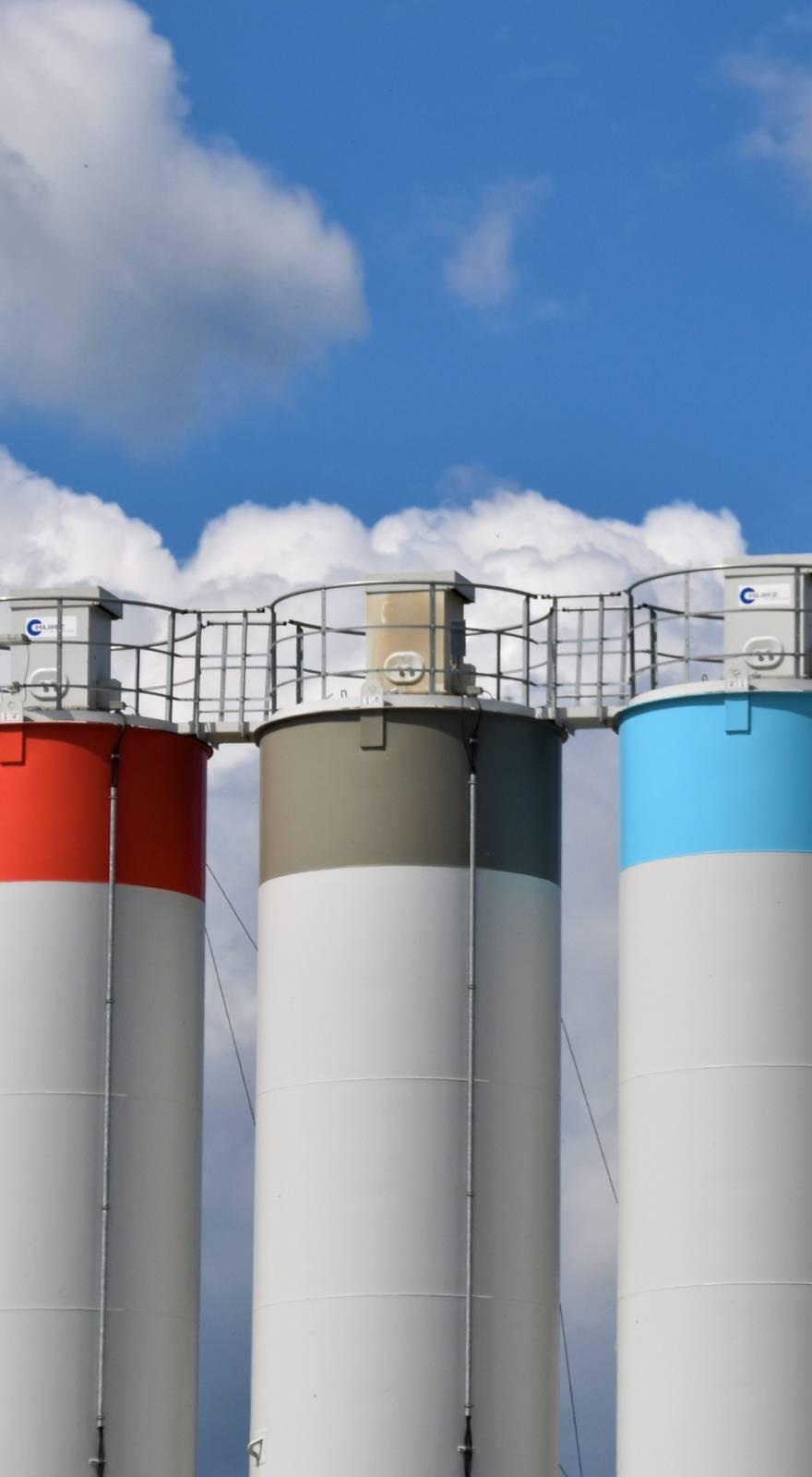Knowde Enhanced TDS
Identification & Functionality
- Chemical Family
- Polymer Name
- Technologies
- Product Families
Features & Benefits
- Materials Features
- KEY FEATURES
• Good general purpose material
• Excellent toughness
• Good solvent resistance
• High optical clarity
• Easy-to-print
Applications & Uses
- Markets
- Plastics & Elastomers End Uses
- APPLICATIONS INCLUDE
• Jigs and fixtures
• Orthotics and prosthetic check sockets
• Prototypes
• Consumer goods
• Part trays
Properties
- Physical Form
- Material Specific Properties
| Value | Units | Test Method / Conditions | |
| Glass Transistion Temperature | 76 | ˚C | ASTM D3418 |
| HDT (A 1.8 MPa) | 64 | ˚C | ISO 75 |
| HDT (B 0.45 MPa) | 76 | ˚C | ISO 75 |
| Melting Point | 202 | ˚C | ASTM D3418 |
| Specific Gravity | 1.23 | g/cm3 | ASTM D792 |
Technical Details & Test Data
- MECHANICAL PROPERTIES
Metric Test Method Print Orientation XY 45/45 YX ZX Ultimate Tensile Strength, MPa ISO 527-2 44.0 (0.2) 40.4 (1.1) 43.5 (0.7) 45.0 (1.6) Tensile Modulus, GPa ISO 527-2 1.81 (0.03) 1.71 (0.04) 1.72 (0.02) 1.86 (0.09) Strain at Break, % ISO 527-2 130 (1) 2.6 (1.6) 4.9 (0.5) 3.9 (0.4) Flexural Strength, MPa ISO 178 72.7 (0.9) 70.1 (0.7) 63.1 (2.5) 71.5 (1.1) Flexural Modulus, GPa ISO 178 1.78 (0.01) 1.69 (0.02) 1.57 (0.04) 1.72 (0.02) Notched Izod Impact Strength, kJ/m2 ISO 180/A 7.5 (0.5) 5.4 (1.2) 6.1 (1.4) 4.7 (0.8)
Storage & Handling
- MATERIAL HANDLING AND DRYING
Essentium PCTG is a hygroscopic thermoplastic and will absorb moisture from humid air. Keep the material in the vacuum sealed packaging\ until you are ready to print with it. PCTG filament should always be fed to the printer in a dry container and stored in a dry cabinet. If the material does absorb more than 600ppm moisture, it should be dried in a low dew point (< -40˚C) oven or vacuum oven at 65 – 70˚C for 4 – 8 hours. Avoid touching filament with bare fingers or introducing oils to the filament prior to printing.
RECOMMENDED HSE PRINT SETTINGS
0.4mm Hozzle
Extrusion Width, mm 0.35 – 0.5 Layer Height, mm 0.15 –0.25 Print Speed, mm/s 50 – 500 Infill, % 15 – 75 Hozzle Temperature, ˚C 235 – 390 Bed Temperature, ˚C 70 – 80 IR Temperature, ˚C 20 – 40 Fan Speed, % 0 – 40 0.8mm Hozzle
Extrusion Width, mm 0.7 – 0.9 Layer Height, mm 0.3 –0.35 Print Speed, mm/s 20 – 220 Infill, % 15 – 75 Hozzle Temperature, ˚C 280 – 360 Bed Temperature, ˚C 70 – 80 IR Temperature, ˚C 20 – 40 Fan Speed, % RECOMMENDED FDM PRINT SETTINGS
Nozzle Temperature, ºC 250 – 270 Bed Temperature, ºC 70 – 80 Print Speed, mm/s 40 – 80 First Layer Speed, mm/s 20 – 40 Fan Speed, % 25 – 50 Bed Material G-10/FR4 or Glass Bed Adhesion Method Dimafix® or Magigoo® HT Infill Density, % <75

